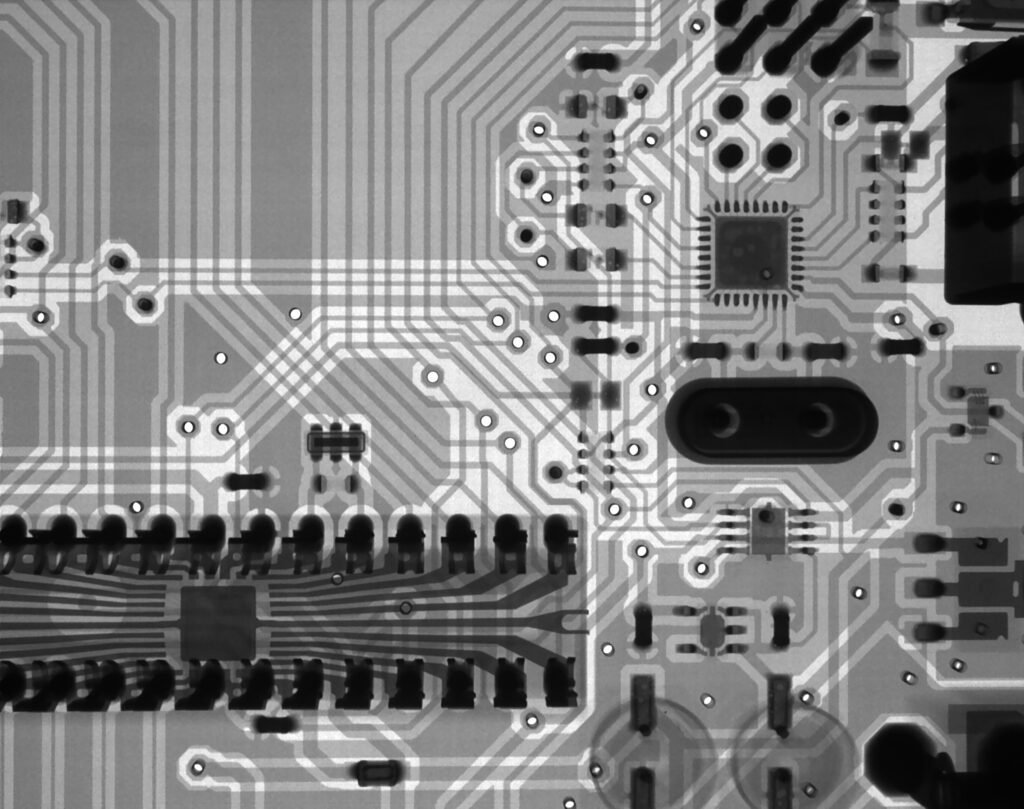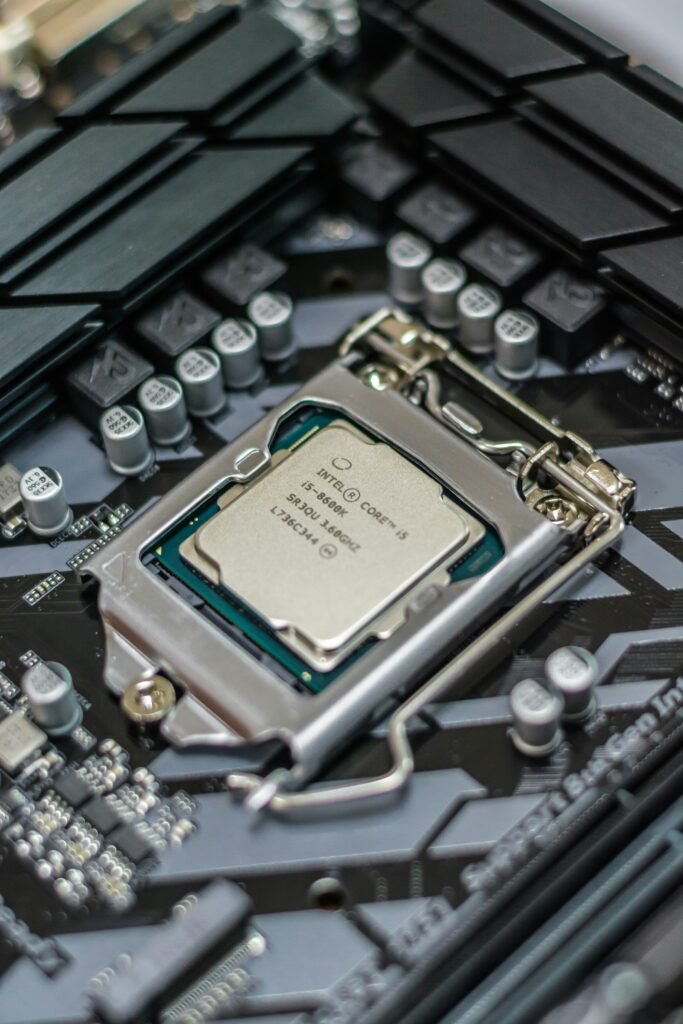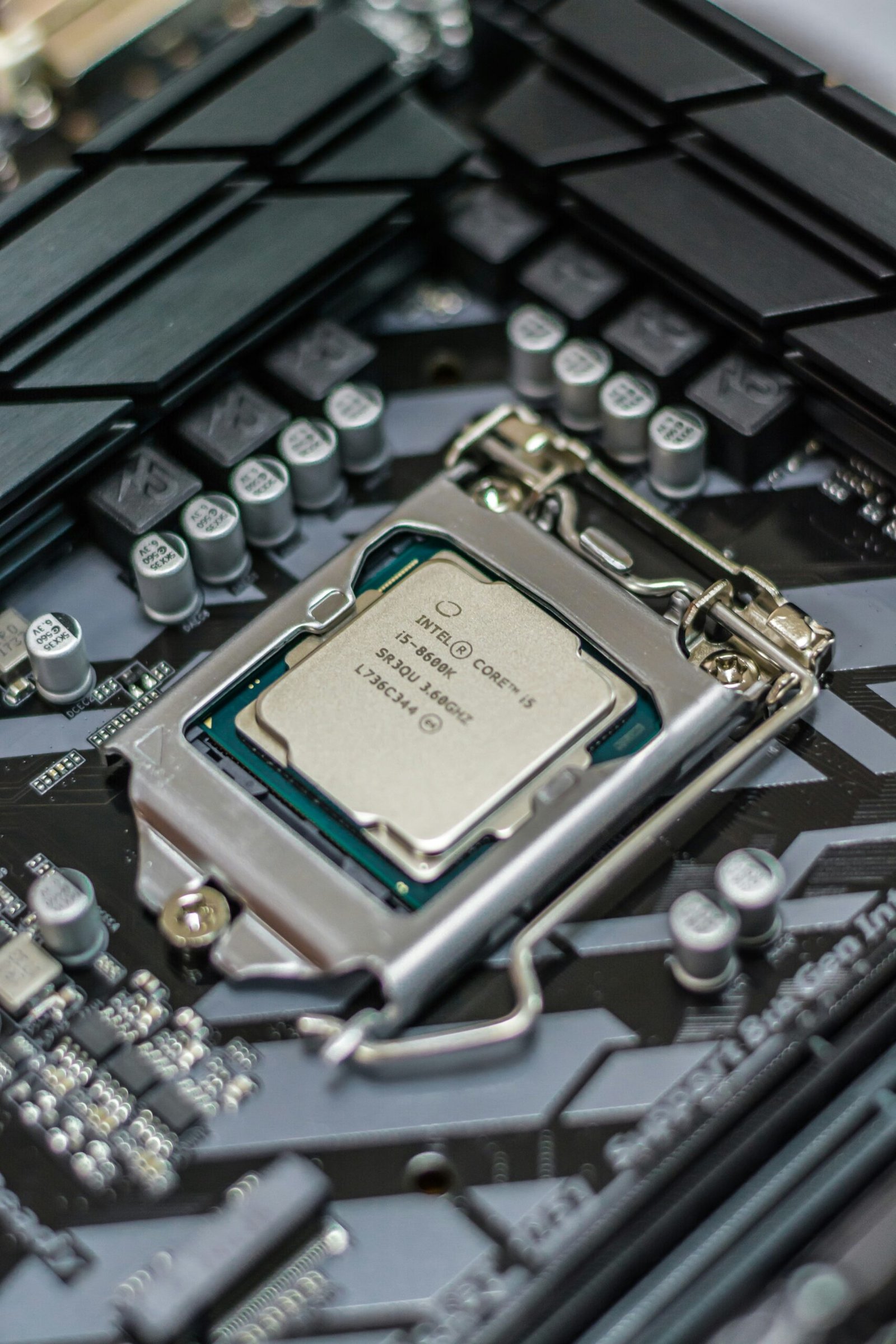Apple’s transition away from Intel chips took a major leap forward with the debut of their M1 chip in November 2020. This groundbreaking System on a Chip (SoC) integrates various components like the CPU, GPU, and Neural Engine, boasting a staggering 16 billion transistors. With its unified memory architecture, the M1 chip offers improved speed and efficiency, allowing Macs equipped with it to handle everyday tasks with ease, even with just 8GB of RAM. The M1 chip’s Arm-based architecture, similar to Apple’s A-series chips for iPhones and iPads, delivers fast CPU performance, impressive GPU capabilities, and enhanced machine learning capabilities. With longer battery life, built-in security features, and compatibility with both Apple Silicon and Intel-based apps, the M1 chip has revolutionized the Mac lineup. And while the M1 Pro and M1 Max chips offer even faster speeds, the highly anticipated M2 chip is set to be the successor to the groundbreaking M1. In fact, the M1 Ultra is said to outperform the M1 Max in both CPU and GPU performance. Apple’s transition away from Intel is well on its way, with the M1 chip leading the charge into a new era of Mac performance.

Introduction
Welcome to this comprehensive article about Apple’s transition away from Intel chips and the introduction of the M1 chip. In this article, we will explore the reasons behind Apple’s decision to move away from Intel, the features and improvements of the M1 chip, and the impact it has had on Mac models. From increased performance and efficiency to a new Arm-based architecture, the M1 chip represents a significant milestone in Apple’s technological advancements. So, let’s dive in and discover everything you need to know about the M1 chip and its impact on the world of Macs.
Apple’s Transition Away from Intel
Apple’s decision to move away from Intel chips
In November 2020, Apple made a groundbreaking decision to transition away from Intel chips and introduced its first Macs powered by the M1 chip. This move came after more than ten years of relying on Intel processors for their Mac lineup. But why did Apple decide to make this transition? The answer lies in Apple’s desire to have more control over their hardware and software integration, leading to improved performance and efficiency.
The reasons behind the transition
There are several reasons behind Apple’s transition away from Intel chips. One significant factor is Apple’s ambition to create a seamless ecosystem across all its devices. By utilizing their own custom chips, Apple can optimize performance specifically for their hardware and software, resulting in a harmonious user experience. Furthermore, Apple’s transition allows them to have a more significant role in the development of their processors, enabling them to make technological advancements tailored to their product lineup.

The M1 Chip’s Debut
Introduction of the M1 chip
The M1 chip represents a groundbreaking development in Apple’s silicon architecture. It is the first chip in Apple’s transition away from Intel and combines several components, including the CPU, GPU, Neural Engine, and more, into a single System on a Chip (SoC). This integration results in a more compact design and maximizes performance and efficiency.
Release date of the first M1 Macs
Apple released the first Macs powered by the M1 chip in November 2020. These Macs include the MacBook Air, MacBook Pro, and Mac mini. The introduction of the M1 chip marked a significant milestone for Apple and set the stage for future advancements in their silicon architecture.
Overview of the M1 Chip
What is the M1 chip?
The M1 chip is a revolutionary System on a Chip (SoC) designed by Apple specifically for their Mac lineup. It is built using a 5-nanometer process and packs an impressive 16 billion transistors. The M1 chip combines several powerful components, including an 8-core CPU, 8-core or 7-core GPU, and a 16-core Neural Engine, into a single package. This integration allows for seamless interaction between these components, resulting in exceptional performance and efficiency.
Integration of components in the M1 chip
The integration of components in the M1 chip is one of its key strengths. By combining the CPU, GPU, Neural Engine, and other components into a single chip, Apple has achieved a highly efficient architecture. The tightly integrated design allows for faster data transfer and processing, resulting in improved performance across a range of tasks, including everyday usage, graphic-intensive applications, and machine learning algorithms.

Unified Memory Architecture
Explanation of unified memory architecture
A noteworthy feature of the M1 chip is its unified memory architecture. Unlike traditional systems that have separate memory for the CPU and GPU, the M1 chip utilizes a unified pool of memory, shared by both the CPU and GPU. This architecture allows for faster data access and eliminates the need for data duplication, leading to improved efficiency.
Benefits of unified memory architecture
The unified memory architecture in the M1 chip offers several benefits. First, it enables efficient memory management, allowing the CPU and GPU to seamlessly share data without unnecessary data transfers. This results in faster performance and improved power efficiency. Additionally, the unified memory architecture contributes to a more compact design, freeing up space for other essential components and contributing to a lighter and thinner form factor in M1-powered Macs.
Performance and Efficiency
CPU performance of the M1 chip
The M1 chip’s CPU performance is a significant improvement over previous generations. With its 8-core CPU, the M1 chip delivers exceptional processing power, allowing for faster execution of complex tasks. Whether you’re editing high-resolution videos, rendering 3D graphics, or running multiple applications simultaneously, the M1 chip ensures an efficient and responsive experience.
Power efficiency of the M1 chip
In addition to its impressive performance, the M1 chip is highly power-efficient. The integration of components and the use of a 5-nanometer manufacturing process contribute to reduced power consumption compared to traditional processors. This improved efficiency translates into longer battery life for M1-powered Macs, enabling users to work, create, and explore for extended periods without the need to recharge frequently.
Arm-based Architecture
Comparison of M1 chip with Apple’s A-series chips
The M1 chip utilizes an Arm-based architecture, similar to the processors found in Apple’s iPhone and iPad devices. This similarity allows for a unified software ecosystem across all Apple products. The M1 chip shares architectural similarities with Apple’s A-series chips, such as the A14 Bionic, providing developers with familiarity and making it easier to optimize applications for Macs powered by the M1 chip.
Advantages of Arm-based architecture
The use of an Arm-based architecture in the M1 chip offers several advantages. First, it enables efficient power management, allowing for improved battery life in M1-powered devices. Additionally, the Arm architecture provides a strong foundation for performance optimization, enabling developers to leverage the full potential of the M1 chip. This integration of hardware and software allows for seamless compatibility and improved performance in various applications.
M1 Mac Models
List of M1-based Mac models
The M1 chip powers several Mac models, including the MacBook Air, MacBook Pro, Mac mini, iMac, and iPad Pro. Each of these models benefits from the exceptional performance and efficiency offered by the M1 chip, enabling users to accomplish tasks with ease and enjoy a smooth and seamless user experience.
Overview of each model
-
MacBook Air: The M1-powered MacBook Air offers remarkable performance and up to 18 hours of battery life, allowing for all-day productivity without the need for frequent charging. Its lightweight design, stunning Retina display, and advanced security features make it a popular choice among students and professionals alike.
-
MacBook Pro: The M1-powered MacBook Pro delivers unprecedented performance and efficiency. With up to 20 hours of battery life and a vibrant Retina display, it is an ideal choice for demanding tasks such as video editing, music production, and software development.
-
Mac mini: The M1-powered Mac mini brings incredible power and capability to the desktop. Its compact design and versatile connectivity options make it a great choice for users looking to upgrade their existing setup or start a new creative project.
-
iMac: The M1-powered iMac combines performance and stunning design. With a vibrant 24-inch Retina display, advanced camera and audio features, and the power of the M1 chip, it offers an immersive and efficient computing experience for both professional and personal use.
-
iPad Pro: The M1 chip also powers the iPad Pro, elevating its performance and capabilities to new heights. With its versatility, portability, and the power to run desktop-class apps, the M1-powered iPad Pro blurs the lines between a tablet and a laptop, allowing users to work and create effortlessly on the go.
Features and Improvements
Significant speed improvements in M1 Macs
The introduction of the M1 chip has brought significant speed improvements to Macs. Whether it’s launching applications, rendering graphics, or compiling code, M1-powered Macs offer noticeably faster performance compared to previous-generation models. The combination of the M1 chip’s 8-core CPU, powerful GPU, and unified memory architecture ensures smooth multitasking and quick execution of resource-intensive tasks.
Extended battery life of M1 Macs
One of the standout features of M1-powered Macs is their extended battery life. Thanks to the power-efficient design of the M1 chip and its integration with macOS, M1-powered Macs can achieve impressive battery life. Whether you’re working on a long project, watching videos, or browsing the web, M1 Macs offer extended usage time, reducing the need for frequent charging and allowing for increased productivity on the go.
Built-in security features in M1 Macs
Security is paramount when it comes to computing devices, and M1-powered Macs prioritize user safety. With the integration of the Secure Enclave and other advanced security features, M1 Macs offer enhanced protection of sensitive data and secure execution of various tasks. Additionally, M1 Mac users benefit from Apple’s ongoing commitment to timely software updates, ensuring that their devices remain secure and protected against potential vulnerabilities.
Bonus Feature
Introduction of the M1 Ultra chip
In addition to the M1 chip, Apple recently introduced the M1 Ultra chip, pushing the boundaries of performance even further. The M1 Ultra is a turbocharged version of the M1 chip, offering unparalleled speed and capabilities. With twice the CPU and GPU performance compared to the M1 Max, the M1 Ultra is designed to meet the demands of high-end professional workloads, allowing users to tackle complex tasks with ease.
Comparison of M1 Ultra with M1 Max
The M1 Ultra and M1 Max chips represent the pinnacle of Apple’s silicon architecture. While the M1 Ultra offers incredible performance, the M1 Max takes it a step further. With its enhanced CPU and GPU capabilities, the M1 Max delivers even faster rendering times, improved gaming experiences, and advanced machine learning capabilities. Both chips showcase Apple’s dedication to pushing the boundaries of what’s possible in the world of computing.
Conclusion
In conclusion, Apple’s transition away from Intel chips and the introduction of the M1 chip represent a significant leap forward in the world of Macs. The M1 chip’s integration of components, unified memory architecture, and Arm-based architecture have paved the way for improved performance, efficiency, and compatibility across the Mac lineup. With the M1 chip’s release, Apple has demonstrated their commitment to innovation, providing users with powerful and energy-efficient devices that enhance productivity and creativity. As Apple continues to push the boundaries of their silicon architecture with chips like the M1 Ultra and M1 Max, we can expect even greater advancements and exceptional computing experiences in the future. So, get ready to embrace the power of the M1 chip and witness a new era of Mac performance and efficiency.








